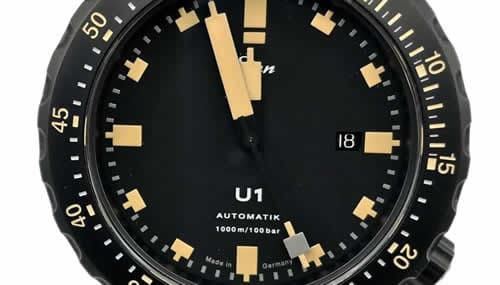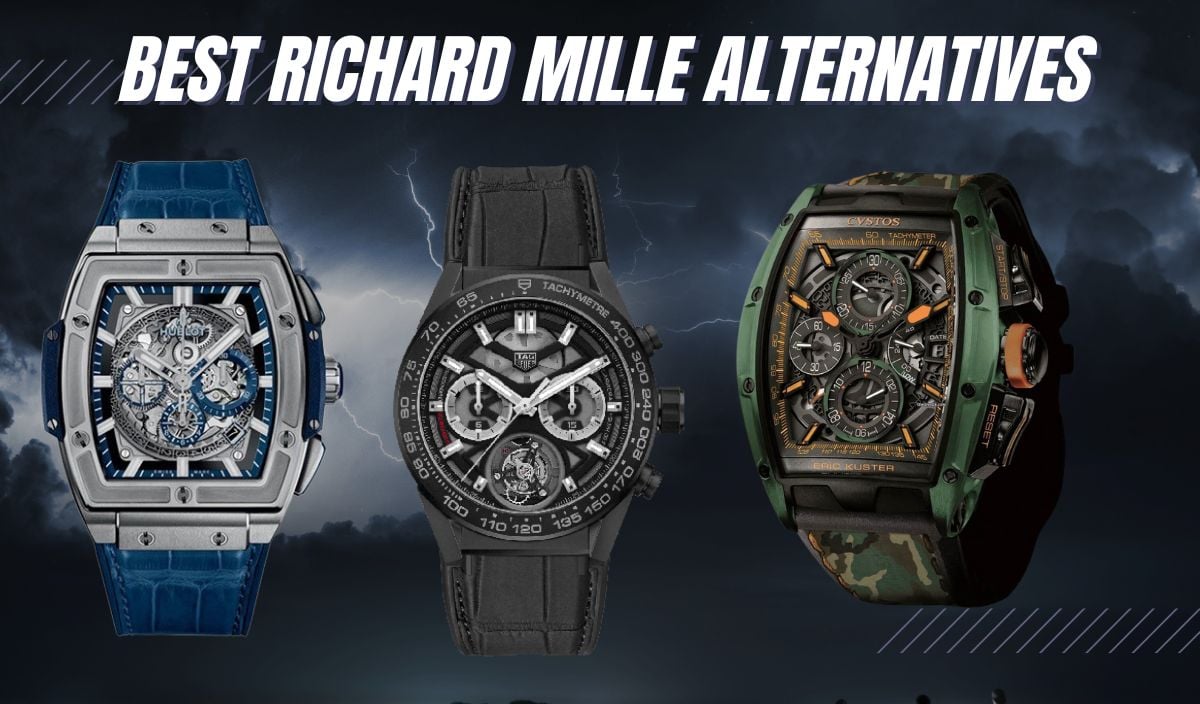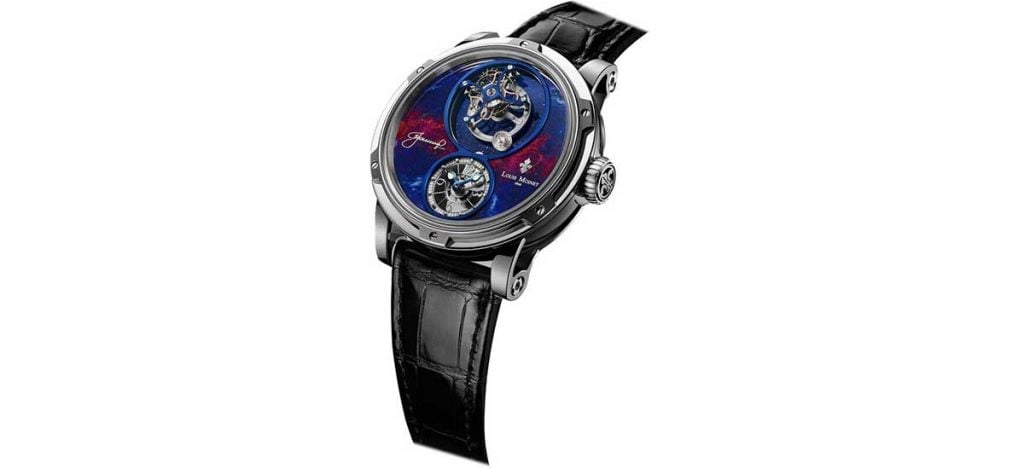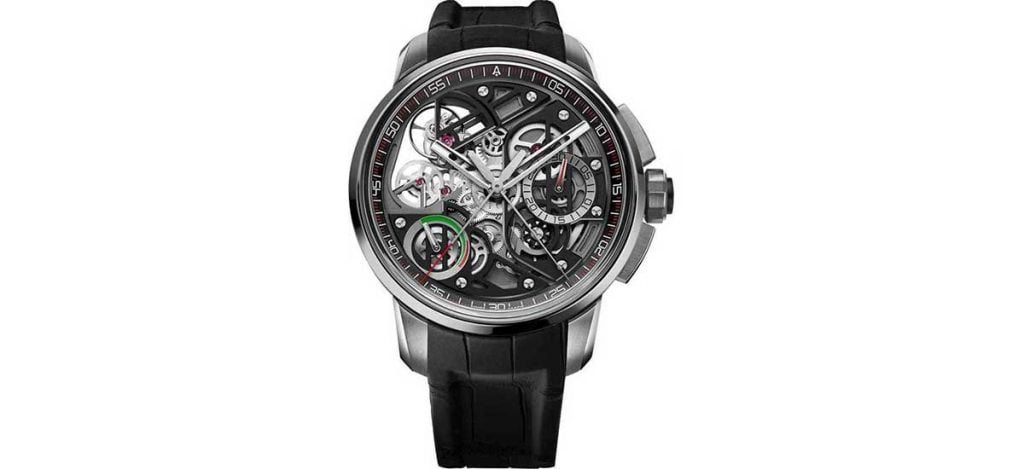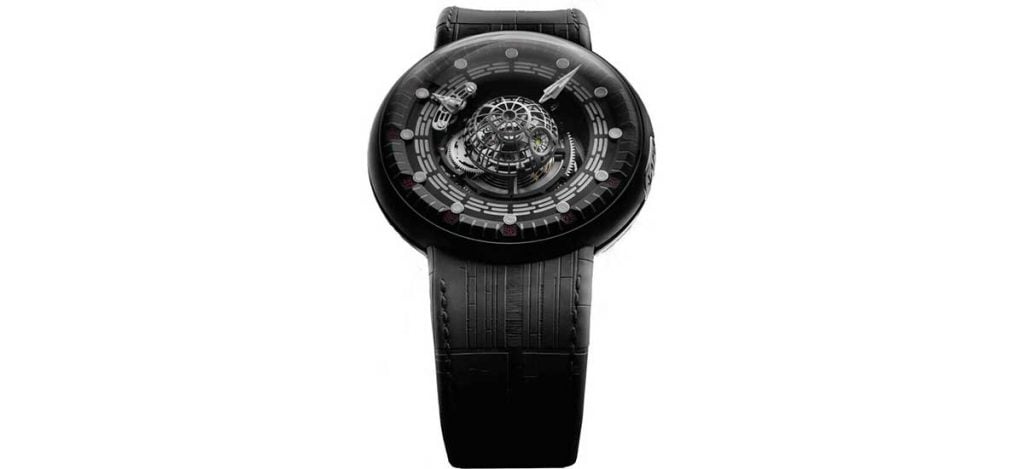
Anytime class and precision are required, Grand Seiko is instantly the name that comes to mind. Grand Seiko produces some of the best watch movements.
Additionally, the brand produces timepieces that are as unique as they are superior to others.
Although all Grand Seiko wristwatches have excellent movements, one that has caught our eye is the Hi-Beat. One may ask, what is a Seiko Hi-Beat?
We will tell you everything you need to know about the best Grand Seiko Hi-Beat watches and what they mean to watch lovers.
What does Hi-Beat Mean in Watches?
Hi-Beat movements, like all others, were discovered due to the watchmakers’ zeal to attain supreme accuracy. The Hi-Beat movement was first introduced in the 60s when its frequency was about 18,000 BPH.
Nowadays, watchmakers have refined the movement to enhance precision. Thus, you will find that Grand Seiko Hi-Beat wristwatches have a frequency of 28,800 BPH.
What is a Seiko Hi-Beat?
The Hi-Beat is a type of mechanical movement like the spring drive watches. However, Hi-Beat automatic watches give rise to fast-ticking timepieces.
Consequently, Hi-Beat movement watches have higher precisions compared to spring drive timepieces.
The mechanism of Hi-Beat wristwatches resembles that of chronographs. As well all know, chronographs are mostly used by pilots, astronauts, doctors, and race drivers.
All these people have one thing in common; they depend on time. Hence, you can also use Seiko Hi-Beat watches because they offer excellent precision.
Although it was not Seiko that pioneered these Hi-Beat movements, the brand has adopted the movement and customized it since its adoption. The 5740C was the first Seiko Hi-Beat movement.
This movement powered the renowned Lord Marvel, released in 1967. Interestingly, the timepiece vibrated at 36,000 BPH.
About a year later, Grand Seiko released its first Hi-Beat timepiece called the 61GS with a 6145 automatic Hi-beat Caliber.
Now that we know what the Grand Seiko Hi-Beat movement is and how it came about, we can proceed to look at some of the best Grand Seiko Hi-Beat timepieces.
Read on to find out some of the best timepieces with the Hi-Beat movement from Grand Seiko.
10 Best Grand Seiko Watches
Here are the ten best Grand Seiko watches with Hi-Beat movements you can count on.
- Grand Seiko (Mt. Iwate) SBGJ201
- Grand Seiko SBGJ237
- Grand Seiko (White Birch) SLGH005
- Grand Seiko SBGM221
- Grand Seiko SLGH009
- Grand Seiko SBGH001
- Grand Seiko SBGJ227
1. Grand Seiko SBGJ201

The Mt. Iwate timepiece or Grand Seiko SBGJ201 is a great choice if you pick your first wristwatch from Grand Seiko.
The wristwatch has several unique features that make it one of the best Hi-Beat wristwatches. This affordable high-beat Seiko watch resembles other models but stands out differently.
One main thing you will notice about this timepiece is its blue GMT hands. Additionally, you will notice the little structure in the dial.
The watch stands out even further because it has that design from Grand Seiko’s 44GS. Inspired by Shizuku-Ishi’s Mt. Iwate, this timepiece has a thick diameter of 40mm.
The watch has a stainless steel bracelet matching the GMT function and adding some thickness to the watch.
The Hi-Beat movement makes the timepiece perfect for those who love accuracy in their timepieces.
The wristwatch has a white dial with a date window at the three o’clock dial marker. You will also find the Grand Seiko Hi-Beat 36,000 inscribed just above the six o’clock hour marker.
2. Grand Seiko SBGJ237

The Grand Seiko SBGJ237 has unparalleled functions, making it one of the best Hi-beat movement watches you can obtain from Grand Seiko.
The timepiece has a 24-hour bezel that displays three different time zones simultaneously. Additionally, the design gives off a traditional yet classic outlook.
This round-shaped timepiece has an analog display type and an anti-reflective sapphire dial window, making time-telling easier.
The stainless steel case matches the silver band color and blue dial. Furthermore, the blue and white sapphire-made bezel makes the watch one of the most attractive on the market.
This timepiece has a case diameter of 44.2mm,, making it suitable for persons with big wrists. Thus, if you have a small wrist, you may have to choose another wristwatch.
The Grand Seiko SBGJ237 has a date calendar at the three o’clock marker and a power reserve of approximately 55 hours.
You also stand to enjoy a water resistance of 200m, which makes it enough for swimming and showering.
3. Grand Seiko SLG005

This timepiece takes its name from its brilliantly deep-textured dial. Watchmakers were inspired by the white birch trees near Grand Seiko’s studio in Shizukuishi.
This timepiece has an Evolution 9 style that gives off a practical and sporty vibe. Interestingly, the timepiece also has a refined and elegant design introduced to celebrate the brand’s 60th anniversary.
The brand used its new Hi-Beat 9SA5 movement to mark this special edition. Thus, this watch has a dial impulse with better efficiency compared to a Swiss lever. Consequently, the watch has an increased 80-hour power reserve.
While you may argue that the silver indices do not contrast properly with the silvery-white dial, the brushed and polished finishes make the watch one of the best.
Moreover, the wristwatch has a sporty case and a water resistance of 100m. Hence, this unique timepiece can withstand swimming and light showers.
4. Grand Seiko SLGH009

Grand Seiko released this timepiece to celebrate its 55th anniversary. The brand got the design inspiration from the 1967 model and made a few modifications.
Moreover, this timepiece has a 40mm case and an 11.7mm height. You will also find large shoulders and polished surfaces typical of the 44GS.
One interesting feature of this wristwatch is its Ever-Brilliant Steel alloy. This steel is resistant to corrosion, thus extending the timepieces’ durability. Furthermore, the brilliant-white hue matches the finely polished Zaratsu-treated surfaces.
Like most Grand Seiko Hi-Beat wristwatches, this timepiece has a sapphire crystal dial window. The anti-reflective coating on the see-through sapphire crystal makes it easier to see the elements in the dial.
5. Grand Seiko Hi-Beat SBGJ219

Grand Seiko’s SBGJ219, otherwise known as the Grand Seiko Elegance, incorporates the Caliber 9S86 movement.
This high-level movement offers the same accuracy (-5 to +3 secs a day) and power reserve (55hrs) compared to the core Caliber 9S85. What makes this timepiece superior is its GMT function.
First introduced in 2019, this timepiece has made an everlasting impression. The wristwatch has a round anti-reflective sapphire window that houses an analog display dial.
Furthermore, the timepiece features a three-fold clasp that contains a push button release that fits perfectly with its stainless steel case.
This timepiece is perfect for you if you have a small wrist. The case diameter is 39.5mm, while the thickness is about 13.9mm.
Grand Seiko’s SBGJ219 houses a date calendar at the three o’clock hour marker. Also, the timepiece has an automatic movement with a manual winding capacity.
This timepiece is your surest bet if you need a low-budget, high-performance luxury watch.
6. Grand Seiko SBGH001

If you don’t like unnecessary decorations on your wristwatch, Grand Seiko’s SBGH001 is for you. The timepiece is an embodiment of simplicity and elegance. This timepiece comes with a stainless steel case and a Seiko 9S5B 37-jewel movement.
Grand Seiko uses a dual curved Sapphire with a high-quality anti-reflective coating. Furthermore, the wristwatch has a tri-hand analog display function and a date window near the three o’clock marker. This analog display and its engravings sit graciously on the white dial that contrasts with the stainless steel case.
7. Grand Seiko SBGJ227

The Grand Seiko SBGJ227 was first introduced in 2017 with 700 pieces. This Hi-Beat GMT timepiece comes from Grand Seiko’s Heritage collection and has a normal movement and case style to other timepieces in the collection. However, what makes the wristwatch stand out is its peacock-inspired dial.
This timepiece has stamped pattern and green lacquer color, allowing it to utilize light beautifully.
The colors from the dial almost resemble those on a peacock, hence the color description. Furthermore, the timepiece has a 40mm casing and a unique zaratsu finishing.
What to Consider When Buying Grand Seiko Timepieces
Buying the right Grand Seiko Hi-Beat wristwatches could be confusing even for enthusiasts. We have outlined a few things to help you pick the best Grand Seiko Hi-Beat timepieces.
Dials
While most modern timepieces spot sunburst or matte dials, Grand Seiko watches usually have different dials from each collection and model.
Before purchasing any wristwatch, you must check for the textured dial that suits your taste. Something you can check from the dial is the indices.
Some models have Roman numerals for hour markers, while others have Arabic numerals. It is best to choose the dial markers that sit right with you.
Additionally, you can check if the dial has a date window or other features like the GMT function, which you may need.
Check Your Budget
While you may find several Hi-Beat wristwatches on the market, your budget is one factor you cannot ignore.
Thankfully, Grand Seiko has the cheapest Hi-Beat watches. With Grand Seiko, you will find the cheapest 28,800 BPH watch, and even a 36,000 BPH watch at an affordable price. Ensure that you go for a wristwatch you can afford to avoid financial issues in the future.
Finishing and Movement
Several brands have different finishings. For Grand Seiko, their trademark Zaratsu polishing is rampant. Although you will find other finishings, this is the most common among Hi-Beat wristwatches.
Additionally, you will find several movements when purchasing a Grand Seiko wristwatch. However, the Hi-Beat mechanical is one of the best and offers accuracy like none other. To enjoy accurate time-telling, utilizing the Hi-Beat movement timepieces from Grand Seiko is best.
Conclusion
Grand Seiko has some of the best and most affordable Hi-Beat wristwatches. Our review has outlined ten of the best wristwatches with Hi-Beat movements. You can use this list and our buying guide to pick the wristwatch that corresponds with your taste.
Frequently Asked Questions
High-beat wristwatches have higher frequencies, allowing you to enjoy more accuracy than lower frequencies. Summarily, the higher the frequency of your Hi-Beat wristwatch, the more accurate its time-telling capabilities.
Many brands offer affordable Hi-Beat wristwatches. However, Grand Seiko offers some of the best and most affordable Hi-Beat timepieces. To enjoy classic designs, you need to consider this brand.
Yes. Grand Seiko has Hi-Beat watches for small and big wrists. We have listed the best Grand Seiko Hi-Beat watches for big and small wrists. You can visit our list to see which of the timepieces matches your wrist size.



